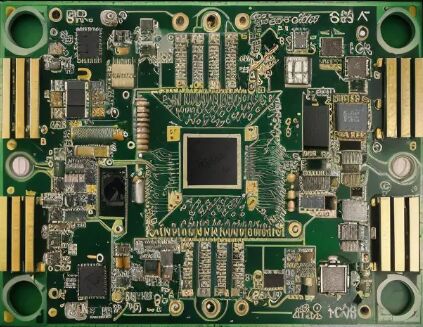As technology has evolved, electronic products have transitioned from rare items to common everyday devices. The advent of electronic devices has brought many conveniences to people’s lives. However, when using electronic devices, sometimes issues like unstable signals and sound distortion occur. These issues are often caused by interference present in mobile phones.
What Causes Interference in Electronic Devices?
Electromagnetic Radiation
Electronic devices generate electromagnetic radiation while operating, which can interfere with nearby devices. For instance, wireless communication devices, while transmitting and receiving signals, produce electromagnetic radiation that can interfere with other wireless devices.
Electromagnetic Induction
When a strong magnetic field is present around electronic devices, the internal circuits and components may be affected by electromagnetic induction. This induction can lead to decreased device performance and damage.
Electrostatic Induction
When circuits or components in electronic devices come into contact with surrounding conductors, electrostatic induction can occur. This induction can cause decreased device performance and damage. For example, in printed circuit boards, contact between circuits and conducting holes can lead to electrostatic induction, affecting the board’s functionality.
How to Resolve Interference Issues?
Certain electronic components, known as safety capacitors, have filtering, decoupling, and bypass functions. In electronic devices, these capacitors can filter out high-frequency noise and clutter from the power supply, reducing electromagnetic radiation’s impact on other devices. Safety capacitors rapidly discharge after external power is cut off, eliminating the risk of electric shock upon human touch, and do not cause harm even if they fail. In contrast, ordinary capacitors can accumulate charge after power-off, posing an electric shock risk upon touch.
Safety capacitors effectively filter out high-frequency noise and clutter from the power supply, mitigating electromagnetic radiation’s impact on other devices, and thus, resolving interference issues in electronic devices to some extent.
However, when using safety capacitors, it’s essential to choose the appropriate type and capacity based on specific circumstances to ensure optimal performance.
This article is provided by JYH HSU (JEC) Electronics. JEC is a research, development, production, and sales-oriented company specializing in manufacturing and selling various electronic components such as capacitors and resistors.
Post time: Dec-18-2023

